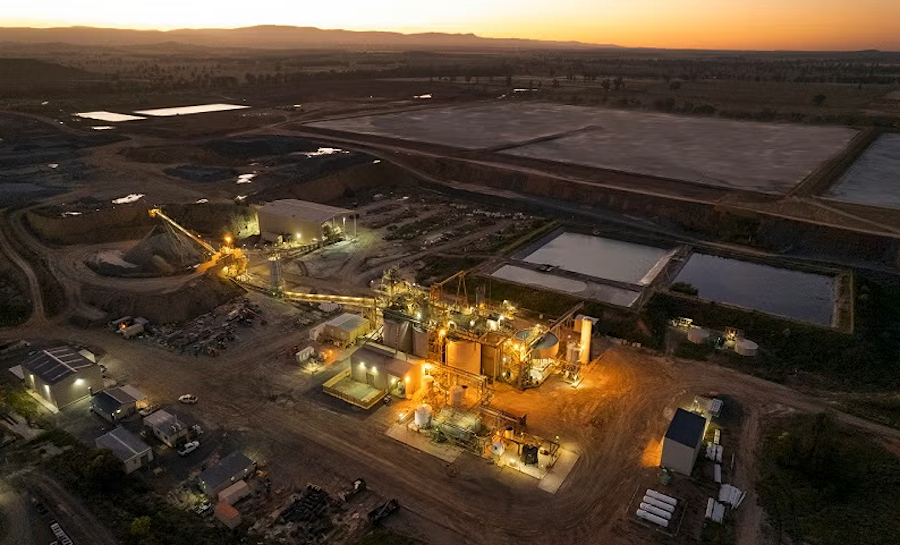Introduction
Australia-based Alkane Resources (ASX: ALK) has announced a significant move to acquire Canada’s Mandalay Resources (TSX: MND) in an all-share transaction valued at approximately A$560 million ($358 million). This merger aims to create a combined entity focused on gold and antimony production, capitalizing on the current boom in gold prices.
Merger Details and Strategic Impact
Under the court-approved plan, Alkane will acquire all outstanding shares of Mandalay, with Mandalay shareholders receiving 7.875 Alkane shares per share held. Post-transaction, Mandalay shareholders will own 55% of the merged company, while Alkane shareholders will hold 45%. The new entity, retaining the Alkane Resources name, will maintain its ASX listing and pursue an additional listing on the TSX. With an implied market capitalization of A$1.01 billion ($640 million), the company expects to produce 160,000 gold-equivalent ounces in 2025, increasing to over 180,000 ounces in 2026, leveraging assets like Alkane’s Tomingley project and Mandalay’s Costerfield mine in Australia, alongside the Björkdal mine in Sweden.
Industry Context and Gold Market Dynamics
This deal is part of a broader wave of consolidation in the gold mining sector, fueled by record-high gold prices, which recently peaked at $3,500.05 per ounce—a 25% rise this year driven by geopolitical tensions and central bank demand. Recent transactions, such as Equinox Gold’s C$2.6 billion acquisition of Calibre Mining and Northern Star Resources’ A$5 billion takeover of De Grey Mining, underscore the industry’s aggressive M&A activity. However, not all bids succeed, as seen in Gold Fields’ rejected A$3.3 billion offer for Gold Road Resources.
Analysis and Perspective
While the Alkane-Mandalay merger appears strategically sound, combining complementary assets and boosting production capacity, there are potential risks to consider. The heavy reliance on gold price stability raises questions about the merged entity’s resilience if market conditions shift. Additionally, integrating operations across different geographies (Australia and Sweden) may pose logistical and cultural challenges. The projected production increases are ambitious, but execution will be key to realizing the promised value. Investors should also note the dilution effect for existing Alkane shareholders, who will hold a minority stake post-merger. On balance, this deal reflects a calculated bet on sustained gold demand, but its long-term success remains contingent on operational synergy and market trends.
